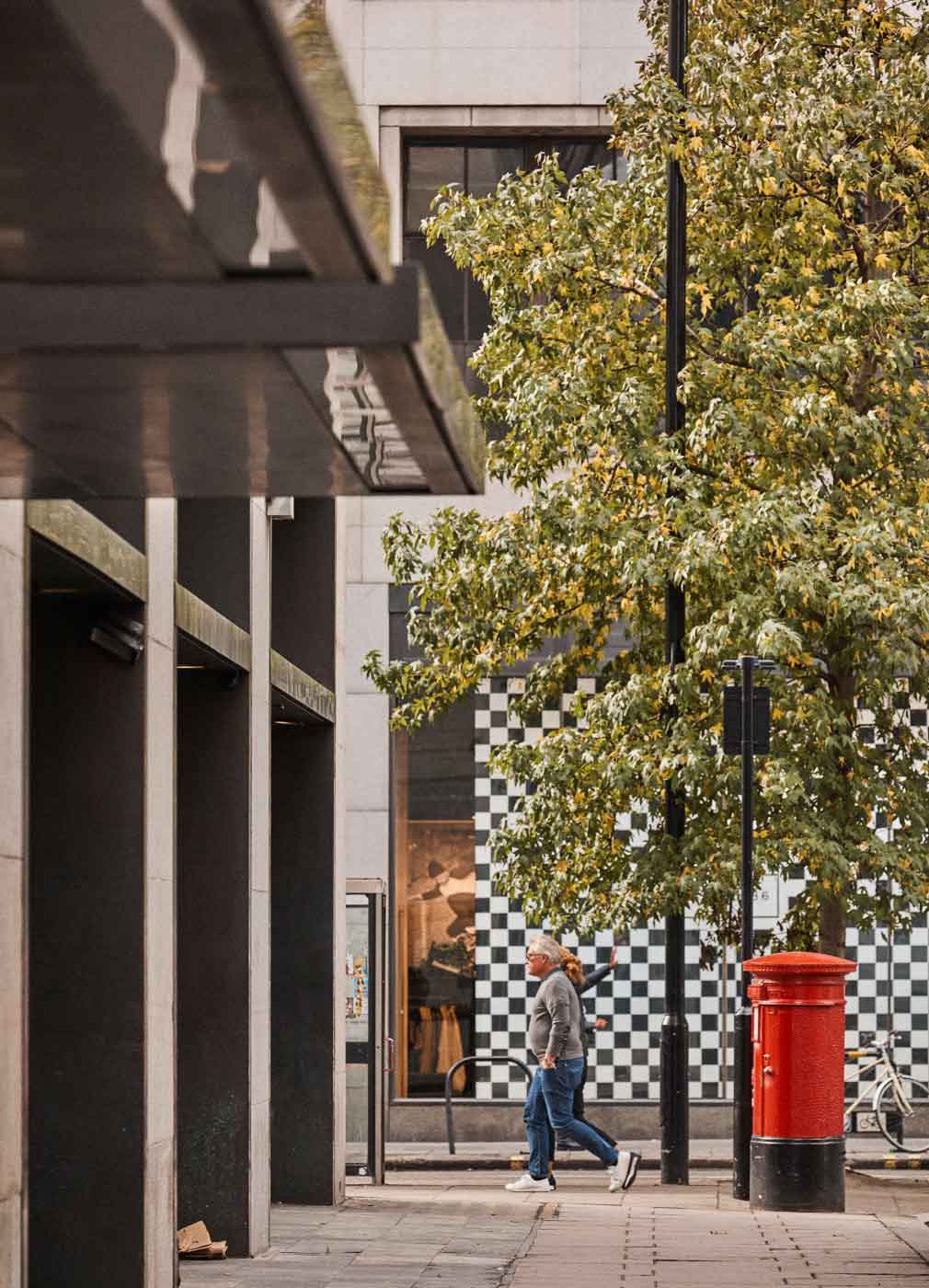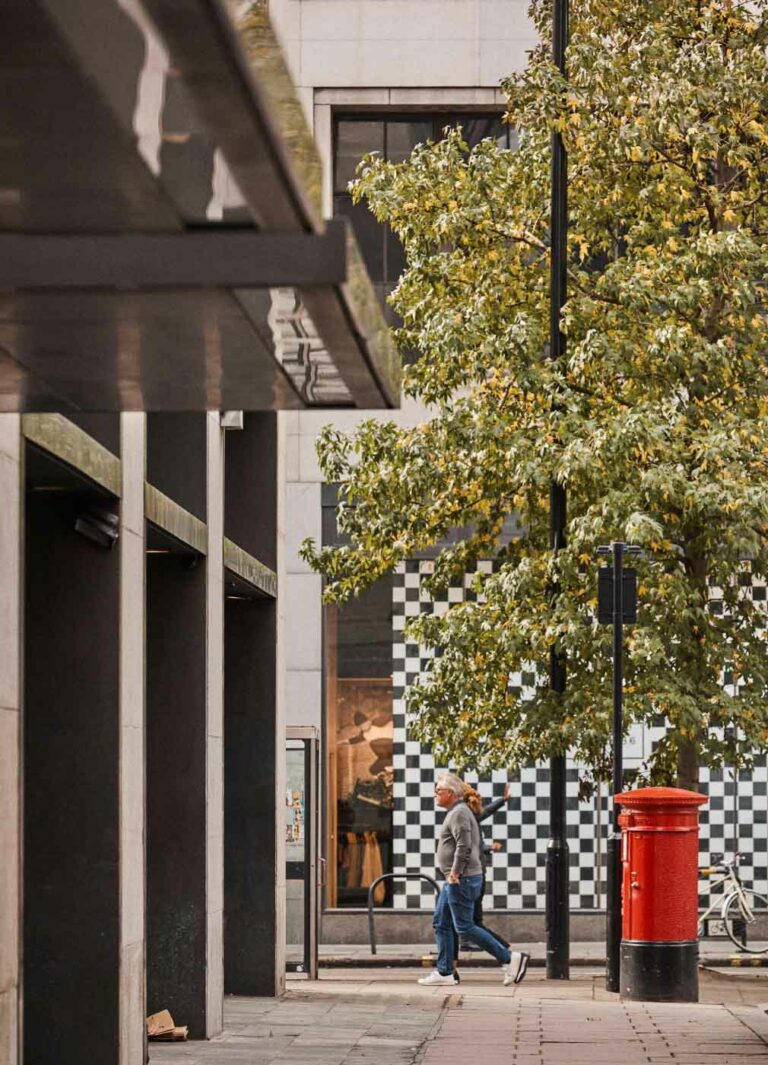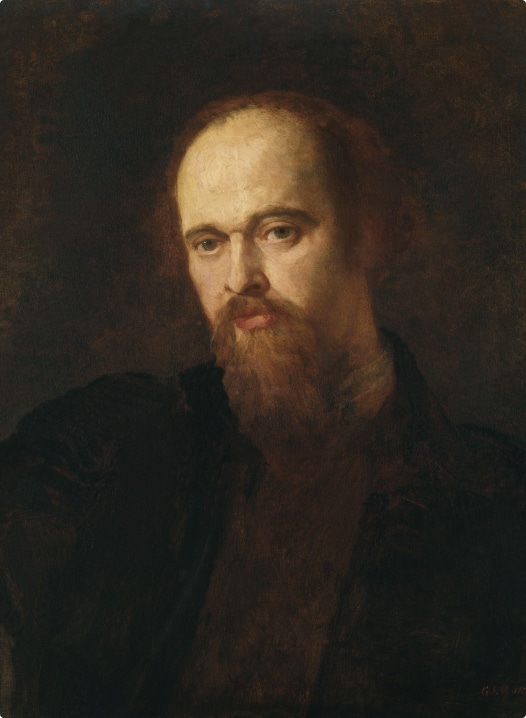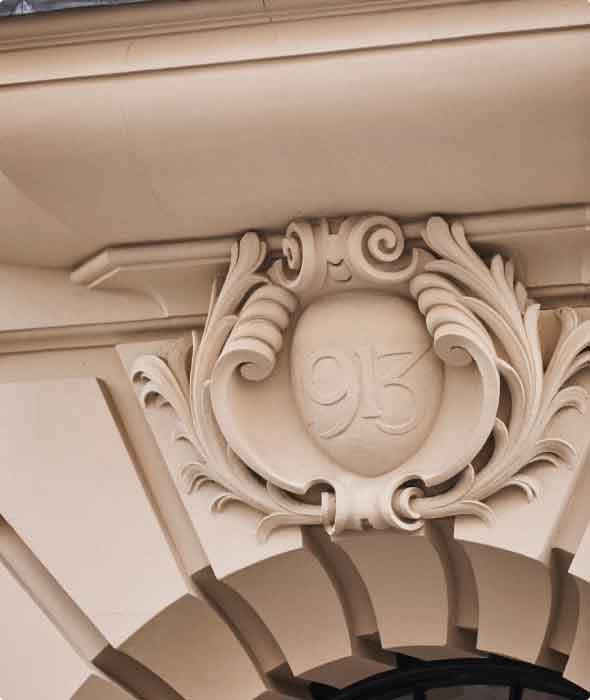Eyebrow header goes here
Our
History

Originally owned by the Earl of Oxford, the land that today forms The Langham Estate was later inherited by the Howard de Walden family. This land was sold to Sir John Ellerman in 1925. The Estate passed through several owners until 1994 when it was purchased by the current owners, Mount Eden Land Ltd.
Today, The Langham Estate is home to well over 500 tenants. Together with new acquisitions and ongoing refurbishment, the Estate has grown to 13.8 acres, re-incorporating some of the buildings lost during previous ownership.
The ongoing expansion, refurbishment and active management of The Langham Estate will continue to attract top-quality tenants in a variety of business sectors.


1790
93 Mortimer Street
1790-
The first house at 93 Mortimer Street had an exact counterpart at 101 Great Portland Street, the two acting as end pavilions to the block between Great Portland Street and the former Edward Street. It was occupied in the 1790s – 1820s by Sir Robert Bateson Harvey, of Langley Park, Sussex, then by a succession of medical men.
1861-1869
In 1861, it was opened up as the London Galvanic Hospital by Harry Lobb, an inventor of ‘electric garments for medical purposes’. With a resident galvanist, the hospital offered treatment to ‘helpless, abandoned and incurable cases’, principally those with nervous disorders.
Regarded with suspicion by the medical establishment, it closed in 1869.
Thereafter 93 Mortimer Street became the first home of the German Athenaeum (Deutscher Verein für Kunst und Wissenschaft), a club or ‘sort of sublime public house’ for German artists, musicians and businessmen.
1875-
Exhibitions of paintings and sculpture were held from 1875, and musical performances featured large in the club’s programme.
1815
3 Little Portland Street
In around 1815, Sebastian Erard, a leading piano and harp maker, established his business at 3 Little Portland Street.

1818
79 Margaret Street
James Schweppes opened a site at 79 Margaret Street for his carbonated water drink, according to bottles surviving from 1818.



1826
101-105 Great Portland Street
Carl Maria von Weber was a German composer, conductor, pianist, guitarist, and critic who died at this address in 1826. A blue plaque was later placed here by the Incorporated Society of Musicians.
He was one of the first significant composers of the Romantic era. Best known for his operas, he was a crucial figure in the development of German Romantic opera. He was born in Eutin, Germany and came to London to write the English opera “Oberon” which received an enthusiastic reception at Covent Garden in April 1826.




1827
Princess House 50-60 Eastcastle Street
1827
When the Royal Bazaar opened its doors at this address in 1827, it offered a mix of entertainment and retail, with artworks and other goods on sale alongside a diorama. Audiences would stand on a rotating platform to view semi-transparent paintings, lit to give the impression of changing seasons or the transition from day to night.
1840
The diorama later caught fire, and by 1840 the Princess Theatre had opened in its place, hosting high class Shakespeare plays and popular melodramas.
1931
In 1931, new owners created Princess House, a modern building housing offices, workrooms and a retail space. It was named Princess House after Princess Victoria, before she became Queen.
1977
Woolworths occupied the basement and ground floor, complete with a cafeteria and lunch bar. They vacated in 1977, and the site became a shopping mall called Oxford Walk.
1986
In 1986, HMV moved in, claiming the three-floor 600,000 square feet store was ‘the biggest music shop in the world’.
2013
HMV later went into administration in late 2013, making way for cut-price fashion chain Sports Direct to move in.



1828
Rossetti House 106-110 Hallam Street
1828
Dante Gabriel Rossetti was a prominent poet and painter who was born at this address in 1828. Dante was the son of an Italian political refugee.
1848
In 1848 he founded the Pre-Raphaelite brotherhood with his brother William and John Everet Millais. Rossetti lived with the Morris family for a short time at William’s much-loved home at Kelmscott Manor, near Lechdale. He later had an affair with Jane Burden, William Morris’ wife. Dante married Lizzie Siddal and on her suicide, placed a manuscript book of his poems in her coffin. Years later, needing poems to publish, the book was exhumed.
1882
He died in Birchington, Kent in 1882 and was buried there.



1893
8 Great Portland Street
1893
In 1893, stationer Henry John Ryman opened his first shop at 8 Great Portland Street.
1900-1920
H.J Ryman Ltd had expanded to 10 Great Portland Street by around 1900, and again to 6 Great Portland Street by 1912.
1950-1955
In 1950 the firm began rebuilding its Great Portland Street premises. The project was completed in 1955 and comprised three upper floors of stationery, office machinery and furniture, with stylish showrooms designed by George Collett.
1980's
Ryman continued to trade on this site until the 1980s.
